Bütze Wolfurt Primary School
Schenker Salvi Weber Architekten completed the renovation and new buildings for Bütze Wolfurt Primary School in the small town of Volksschule Bütze, Austria.
The rural market town Bütze-Wolfurt in the Bregenz district of Vorarlberg wanted to enlarge their primary school and integrate the neighboring kindergarten and day care center. The decision was made to completely refurbish the old three-story building from the 1960s and demolish the part from the 1990s due to structural reasons. The gymnasium in the basement was preserved and built over with two new floors. The new 60-meter-long and 27-meter-high timber-frame volume with a smooth wood-clad façade and a plastered plinth – details which were also taken over on the existing building – now forms a harmonious extension of the school complex. The new structure with a pergola at each end integrates calmly into the scenic beauty of lush fields and trees and the rural character of the
town.The pergolas at the ends of the new building, with their wood slats and galvanized steel stairways, balconies, and coffered ceilings, are important design elements, which – in contrast to the subtle articulation of the main façade – form a “second, more intimate face” to public space. The “verandas” also serve as emergency escape routes and act like “gills” to the lush green fields, tobogganing hills, and orchards. Furthermore, they also reveal the structure of the building. When it rains, the children can romp around in this “in-between zone” or eat their lunch on the wood benches. When it is hot, they can rest here in the shadows. Depending on the time of day and season, the wood slats create a fascinating interplay of light and shadows. Regardless if they have their class on the ground floor or the first, all children can use this area to directly access the garden, without having to make a detour via the main staircase in the building.
The refurbished three-story building from the 1960s docks perpendicularly onto the two-story new building. The kindergarten is located in the new building, the primary school in both the existing building and the new. They share a common entrance area. The floor plans of the kindergarten and the primary school interlock vertically and horizontally. Together they are conceived as a single spatial continuum, a shared learning landscape with diverse spatial atmospheres across all floors. The spatial and pedagogical novelty of combining a kindergarten and a primary school under one roof with such closely intertwined floor plans should help the children slip smoothly into their everyday school activities, make what growing up means more tangible, and create numerous synergies. For example, from their dressing room on the ground floor the little ones can look through big windows into the gymnasium, where the school children are perhaps attending a physical education class. Likewise, the young pupils on the first floor, in turn, have the opportunity to view down into the kindergarten on the ground floor, where the little ones are eating their lunch, and remember back to a day when they were that small, too. Two day care and three kindergarten rooms are situated on the ground floor of the existing building. The two-story extension – with a total of 14 classrooms and 12 group rooms on the first floor and the spacious, volleyball-height gymnasium in the basement – is accessed via a staircase in the old building, which was shifted toward the midpoint of the complex.
All rooms are flooded by sunlight via the numerous pitched skylights and windows. The interplay of light and shadow nuances the different ambiences of the spaces for learning, playing, and relaxing. The numerous large windows with broad sills for sitting offer exciting sightlines through a level but also to the floors above and below (kindergarten and gymnasium). The children can orient themselves easily and autonomously, communicate with one another, and have an overview of what is going on in the building – when they want to concentrate, they just have to close the windows with the subtly colored translucent curtains.
Architect: Schenker Salvi Weber Architekten
Design Team: Marlies Grammanitsch, Simon Gysel, Barbara Roller, Christian Rübenacker, Jana Sack, Michael Salvi, Andres Schenker, Pia Schmidt, Tina Tobisch, Thomas Weber
Photography: David Schreyer

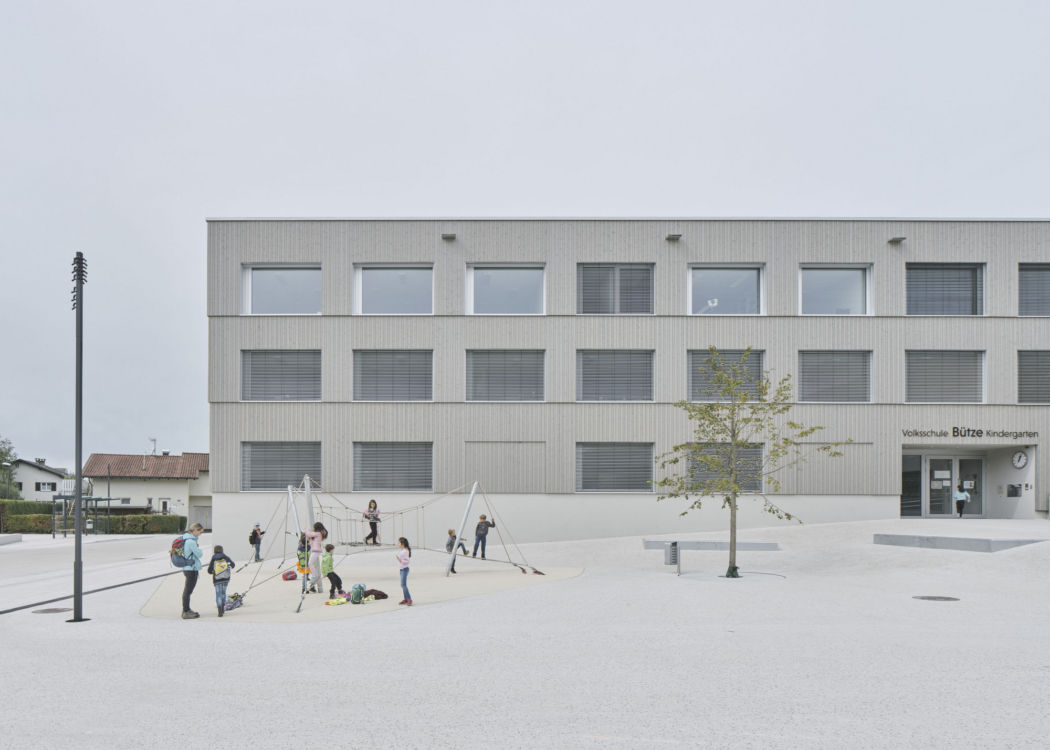
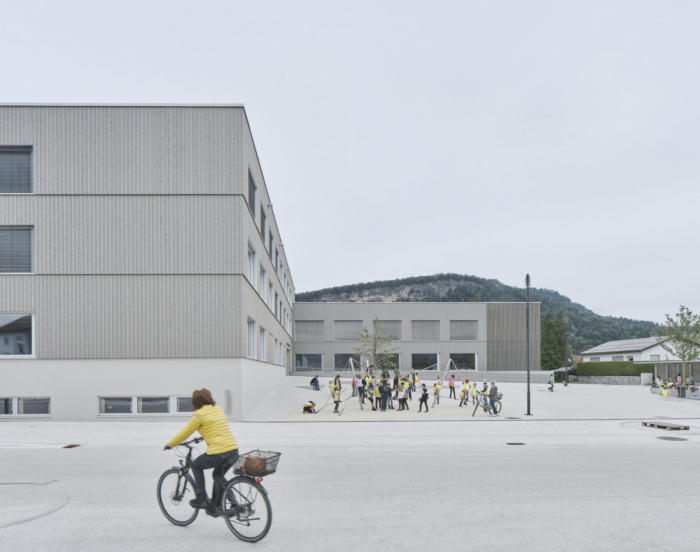
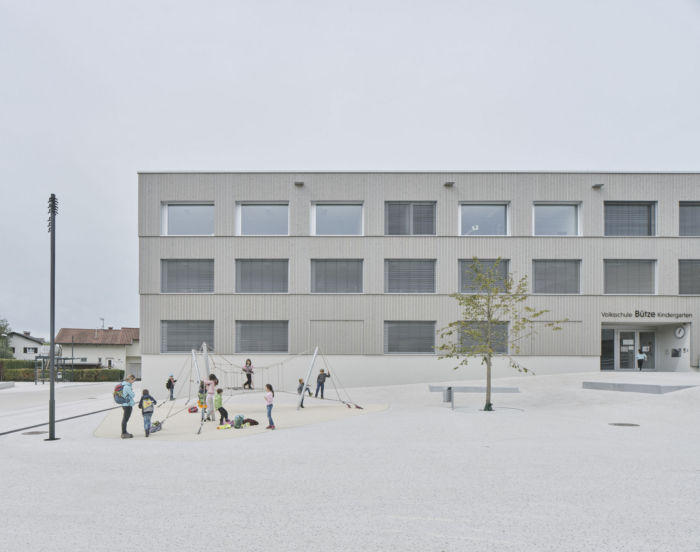
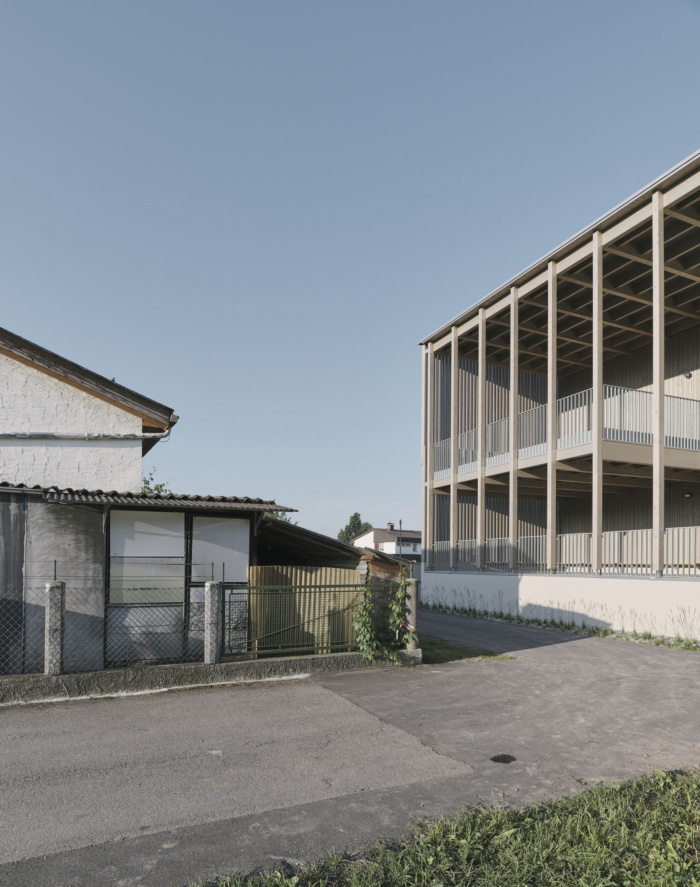
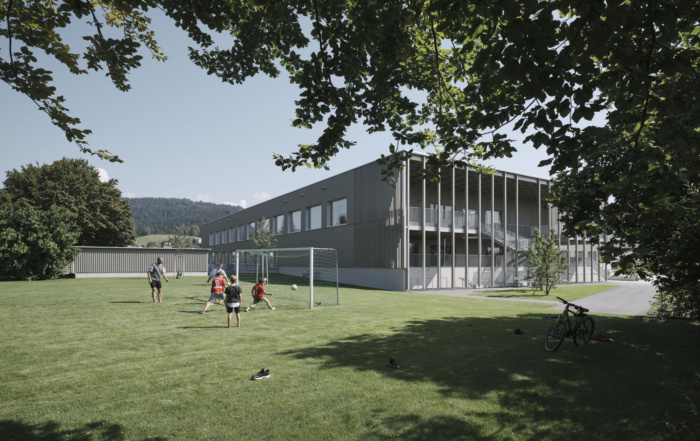

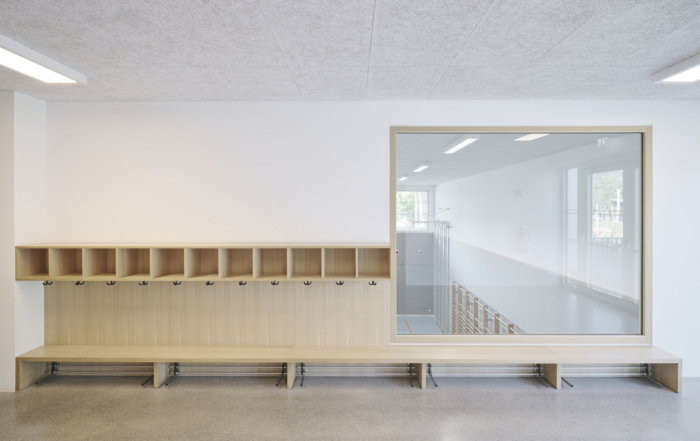
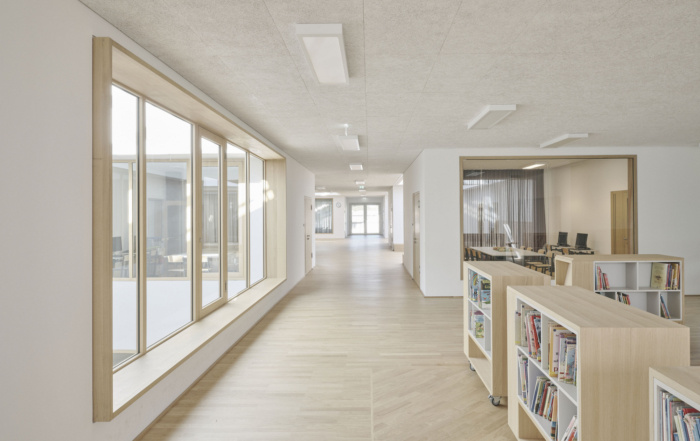
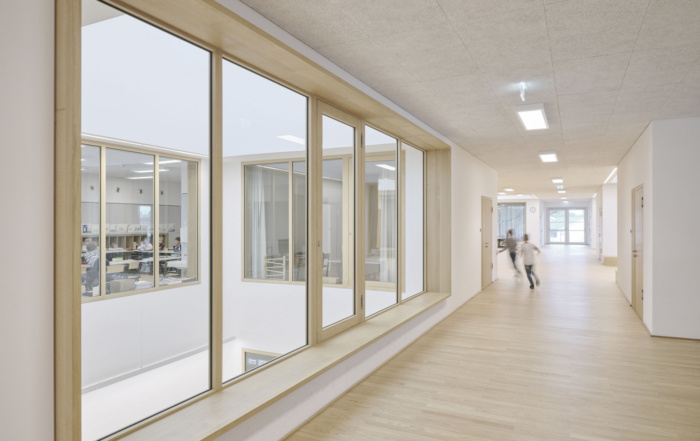


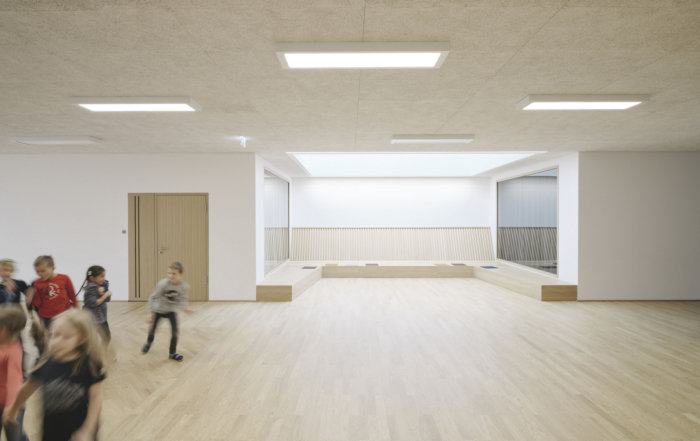
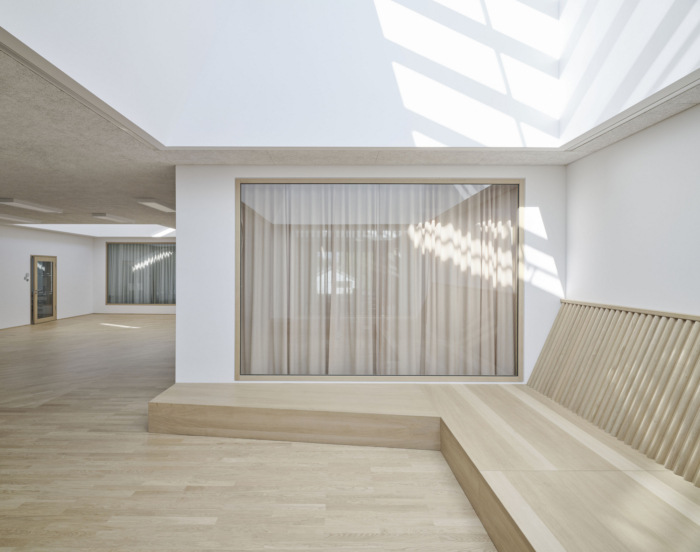
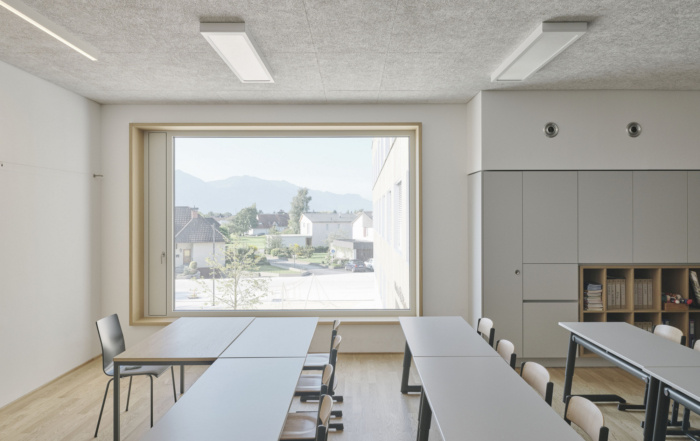
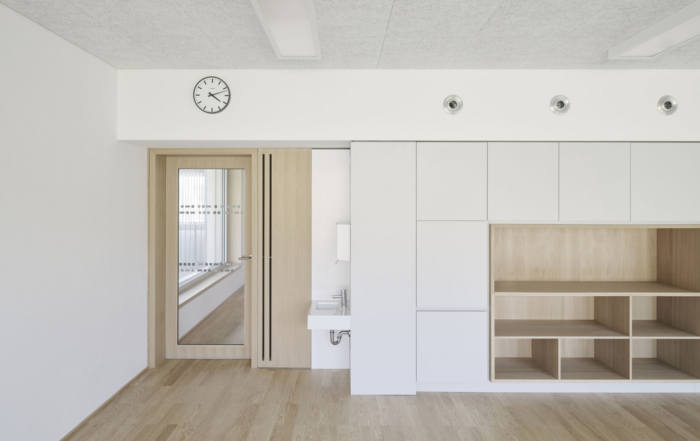
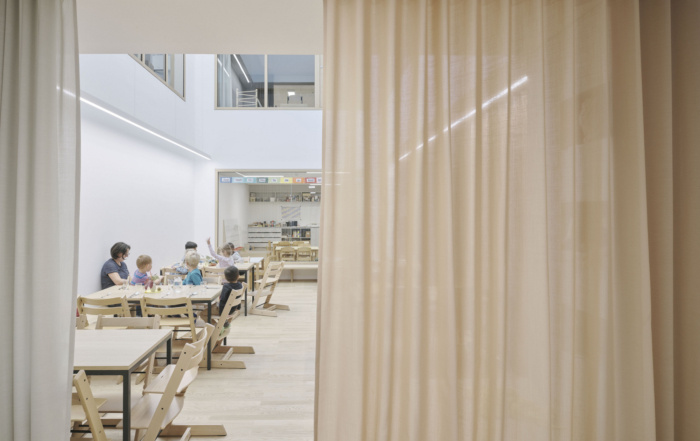
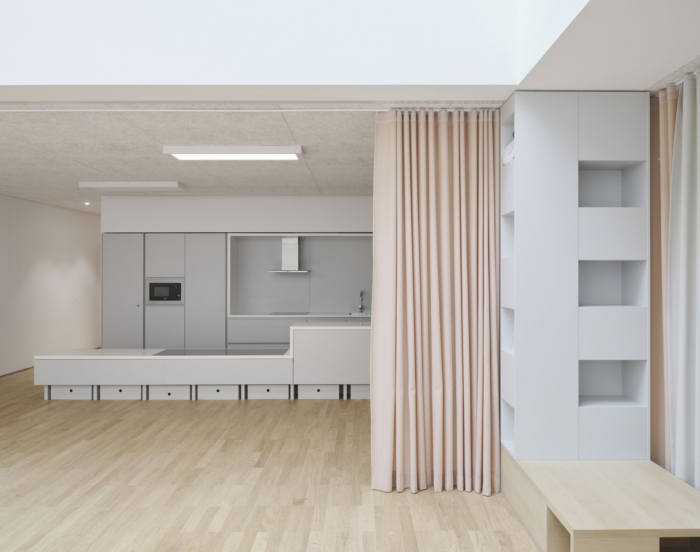
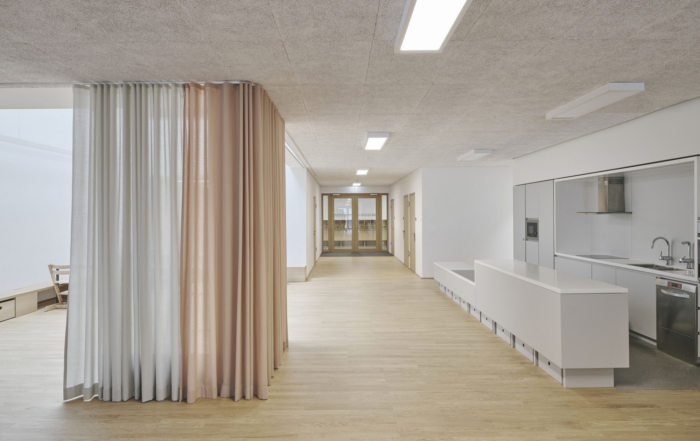
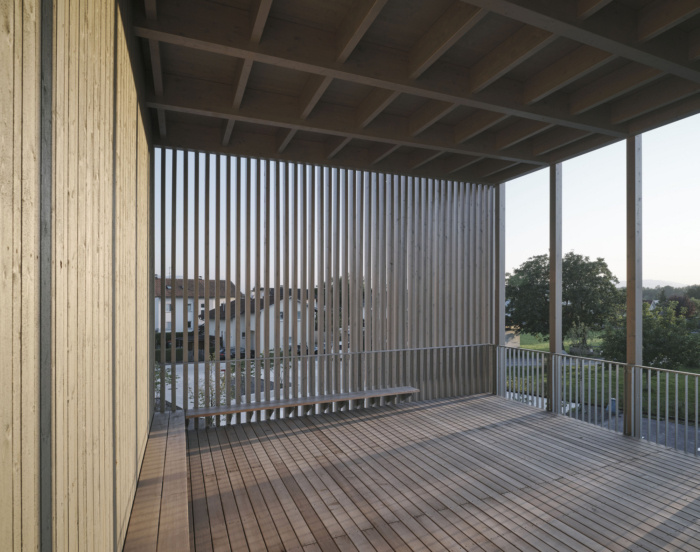
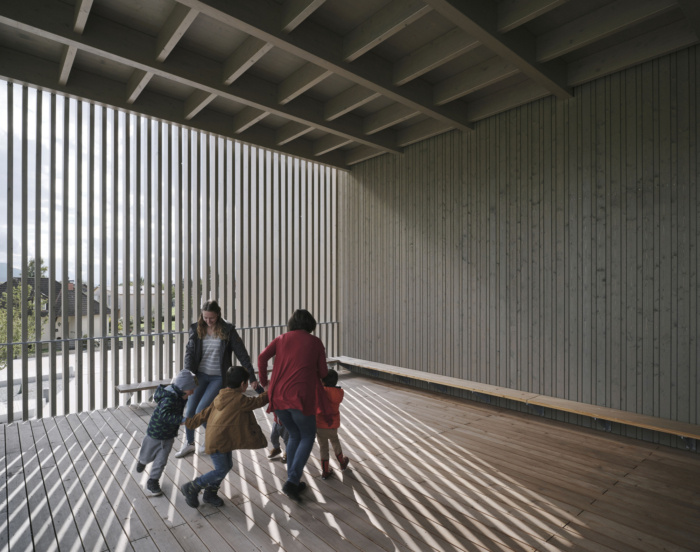




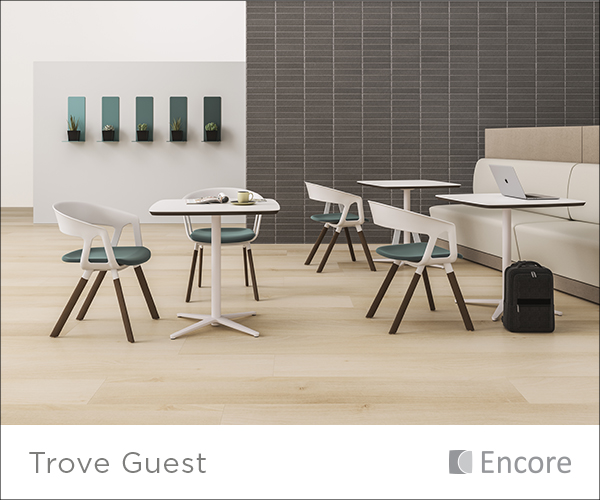






Now editing content for LinkedIn.